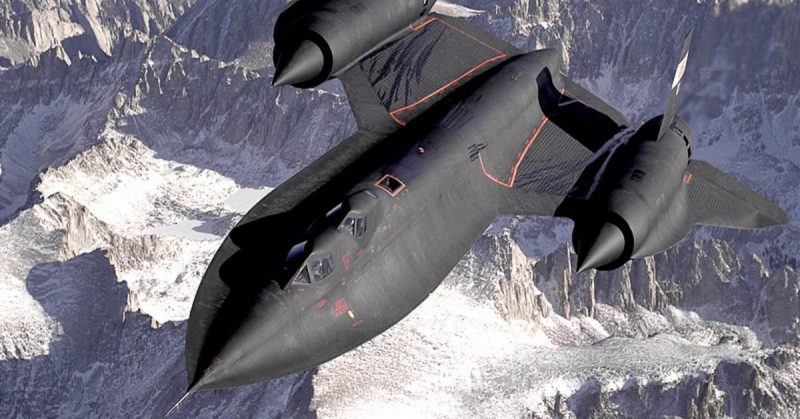Enter the term “Dragon Lady” into Google, and more than two million hits pop up, most of which define it as a pejorative term for a strong-willed woman. The Merriam-Webster Dictionary describes it as “an overbearing or tyrannical woman; often glamorous or mysterious.”
So it’s fitting that the name also applies to a specific jet built in 1957, initially for the Central Intelligence Agency (CIA) in the United States. Both the CIA and the U.S. Air Force (USAF) used the jet.
Its purpose back then was definitely mysterious: spy on the Soviets, with whom the U.S. was locked in a bitter Cold War.
B-52s could no longer carry out reconnaissance work at that time, because Soviet defense systems had become too sophisticated for them.
The U.S. needed better spy planes, and fast, and the Lockheed U-2 “Dragon Lady” fit the bill perfectly. The plane could cruise at 70,000 feet, and gather intelligence at any time – just what the CIA needed.

The U-2 got its unusual nickname because that was the code name under which it was acquired by the CIA. Not many aircraft have lasted more than 50 years, because rapid technological advances tend to replace them.
However, the U-2 was so well-designed that the USAF bought more than 30 of them through the CIA. Their projected lifespan was two years, but thanks to regular maintenance, the U-2s are still operational today.
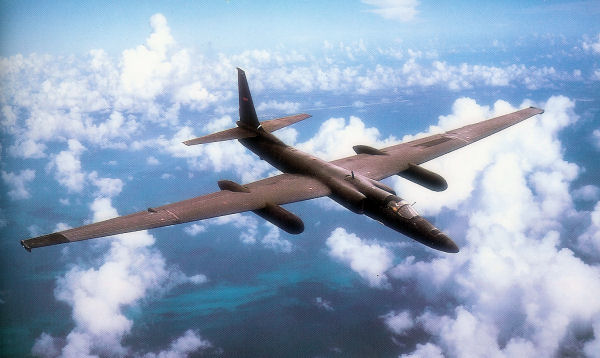
As impressive as the U-2 “Dragon Lady” is, it can’t compare to the SR-71 Blackbird. As a spy plane, it should have kept a low profile, but its design and technology have made the Blackbird famous, at least within aviation and military circles.
It can fly at three times the speed of sound, almost one mile every second. It didn’t warrant a defense system, because it could “outrun” any missile pursuing it.
The Blackbird’s mission was simple: spy on enemy terrain. And since it flew at approximately 80,000 feet, it was virtually undetectable.
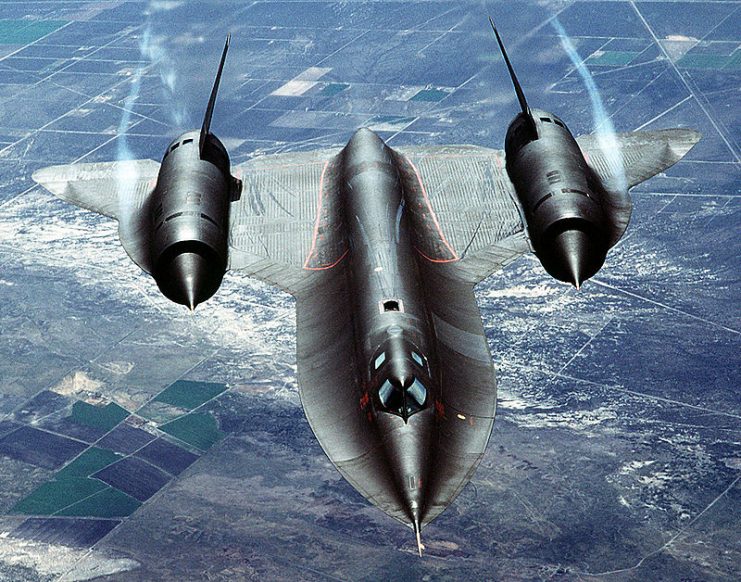
The Air Force used the Blackbird from 1964-1999. Of the 32 that were built, none were destroyed by the enemy, a remarkable feat considering they were used during the Vietnam War.
The North Vietnamese lobbed more than 800 missiles at the aircraft over the course of the war, but not a single Blackbird was hit. 12 of the original 32 have been lost over time, however, in other circumstances.
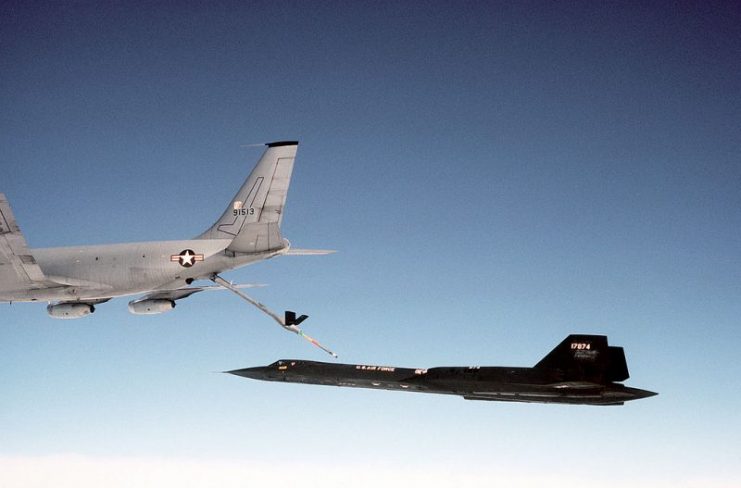
When the decision to decommission the planes was handed down in 1990, the Air Force decided to set some new speed records.
They set four, as they flew a Blackbird across the country from Los Angeles to Washington, D.C. The aircraft covered almost 2,300 miles in the astounding time of just one hour, four minutes and 20 seconds.
The Air Force brought back the Blackbird in 1995, but in the autumn of 1999, it was retired permanently. Some are available for viewing at aviation museums across America.
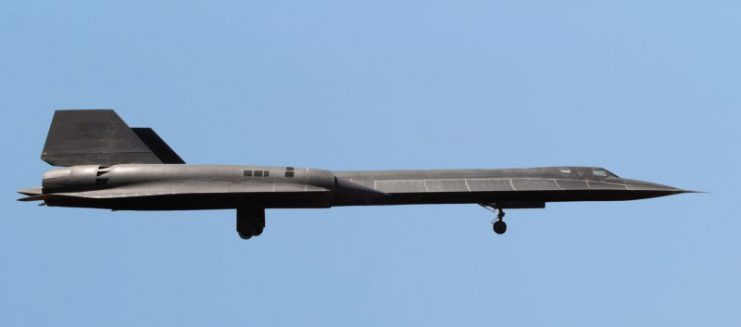
An ironic note in the stories of the Dragon Lady and the Blackbird aircraft, two spy planes, is that building them would have been impossible without the help of the Soviet Union.
Aviation engineers needed titanium to construct the jets. It was the only material that could cope with the high speeds, as well as the excessive temperatures created by flying so high and fast. But the ore that provides titanium is only located in a few places in the world.
To solve this difficulty, the CIA set up dummy corporations in Europe through which they bought titanium from the USSR. Then they built the planes, turned around and spied on the Soviets. It sounds like the plot of a James Bond movie.
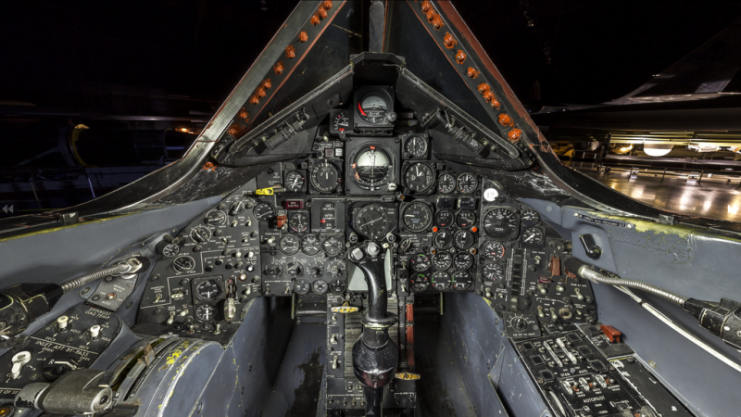
Read another story from us: Top 5 US Military Spy Planes – Eyes in the Sky
Or perhaps a sci-fi flick, as the aircraft testing area in the United States, known as “Area 51,” was the subject of rumors and speculation by a curious public for many years.
Many people reported seeing UFOs in the region. It was only recently that the government acknowledged that, in fact, they were testing spy planes.
